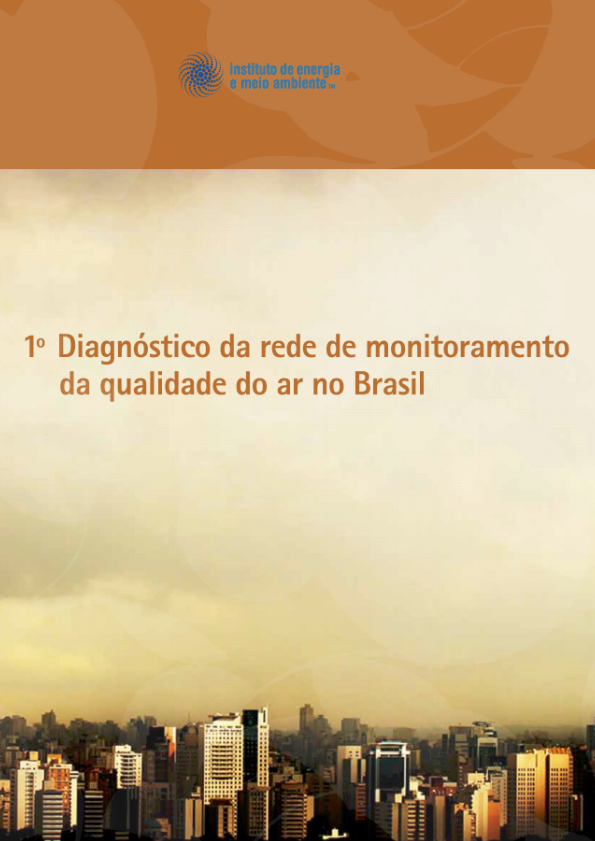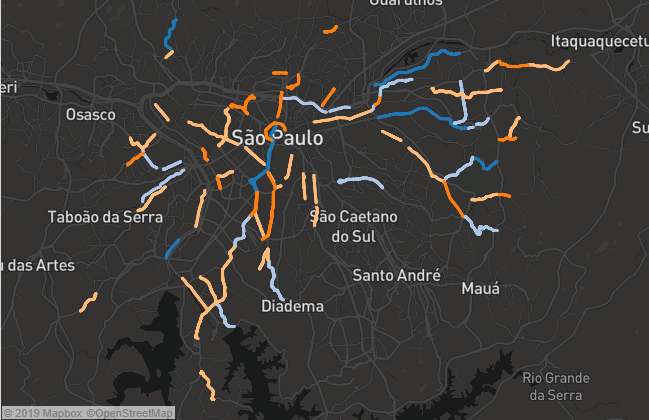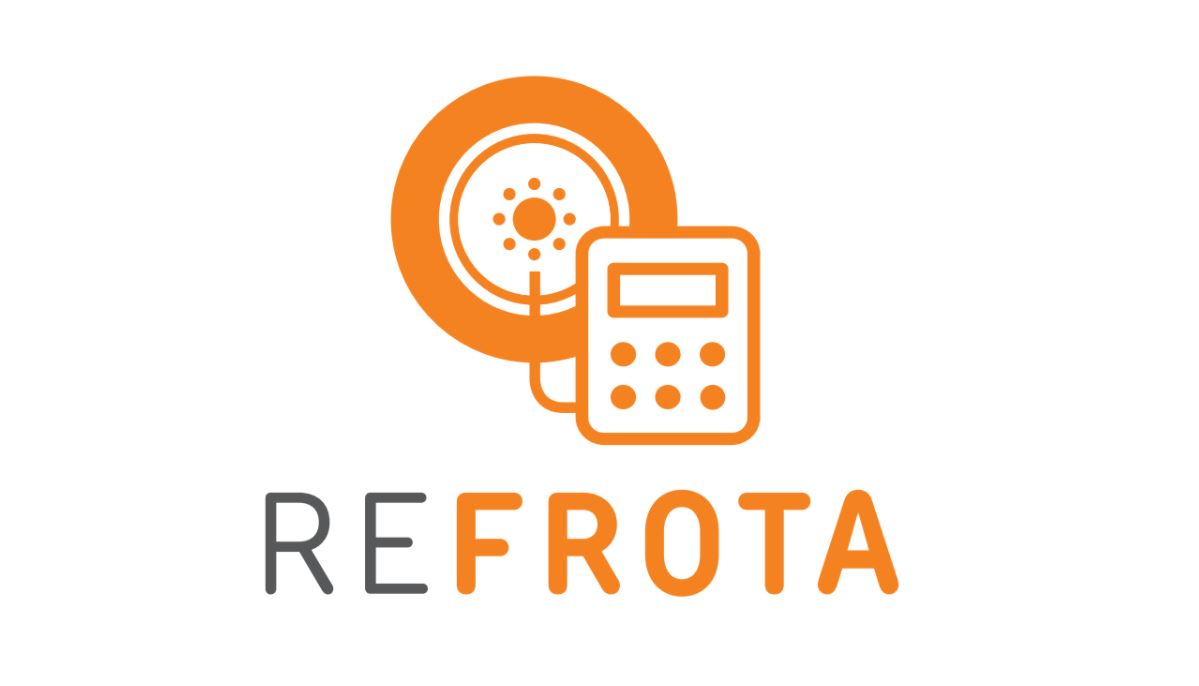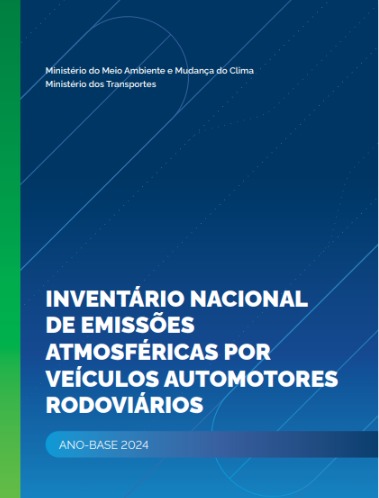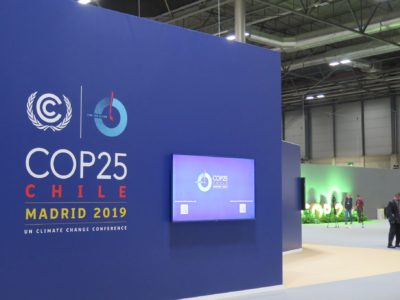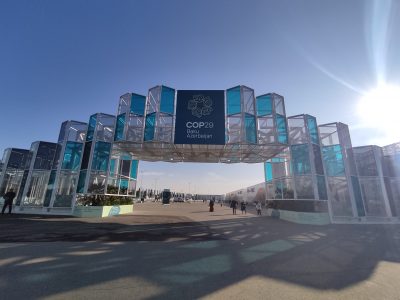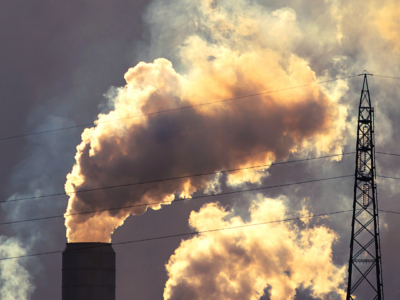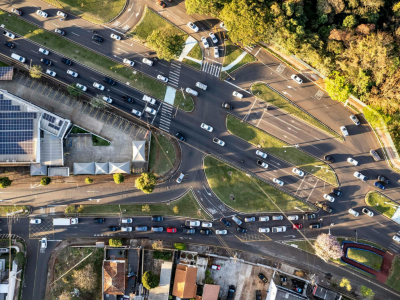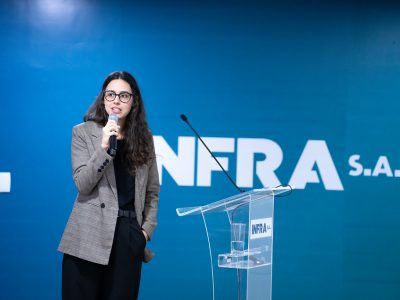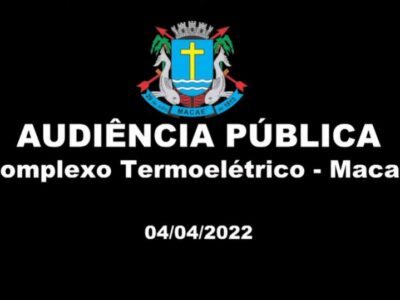The Air Quality Platform, a tool created by Instituto de Energia e Meio Ambiente (IEMA) that gathers and standardizes air quality monitoring data generated by the government in Brazil, is a source of information for the World Health Organization (WHO) air quality database. In total, the WHO database provides 478 Brazilian records provided by IEMA, indicating concentrations of pollutants in 82 locations (cities or metropolitan regions) between 2010 and 2019.
The WHO launched its 2022 update of the air quality database in April on the eve of World Health Day (April 7), which this year celebrates the theme “Our planet, our health.” The database gathers information from Brazilian municipalities and, for the first time, included terrestrial measurements of the annual average concentrations of nitrogen dioxide (NO2), a common pollutant in urban areas and precursor to two other critical pollutants: particulate matter and ozone.
According to the WHO, to date, the new air quality database is the most extensive in terms of land coverage for exposure to air pollution. About 2,000 more cities or human settlements than in the last update are now recording environmental monitoring data for particulate matter (PM 10 and/or PM 2.5) and/or nitrogen dioxide (N2O). An increase of almost six times from what was recorded in the reports since the database was launched in 2011. Click here to access the WHO 2022 database. https://www.who.int/data/gho/data/themes/air-pollution/who-air-quality-database
About the Air Quality Platform
The Air Quality Platform is an analysis tool to facilitate air quality management by authorities and to bring information to society and the scientific community. The Platform displays information station by station about what is being measured, where there is an air quality monitoring station, which pollutants are monitored in each station, if there was representative monitoring in the station (days when there was no data reading), and the evolution of pollution over time. It is also possible to compare pollutant concentration levels with WHO recommendations.
